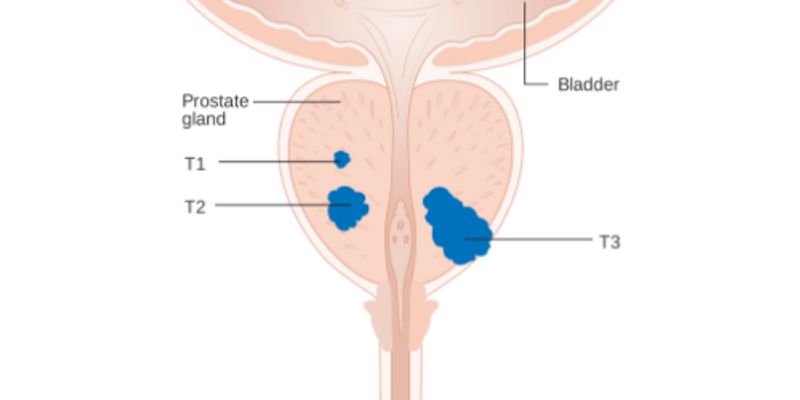FEB 05, 2014 | 2:00 PM
C.E. CREDITS
It is increasingly recognized that the genetic background (i.e., all genomic sequences other than the gene(s) of interest) can have profound influences on the phenotype of an animal model. I...
OCT 17, 2013 | 12:00 PM
The discovery of proteinaceous disease biomarkers and their clinical validation is critically important for the enablement of molecular diagnostics and ultimately, precision medicine. In spit...
OCT 17, 2013 | 9:00 AM
C.E. CREDITS
Cancer metastases develop when tumor cells known as circulating tumor cells (CTCs) are shed from a tumor, circulate through the blood stream and colonize a distant tissue. The number of CTCs...
OCT 16, 2013 | 2:00 PM
C.E. CREDITS
While the Prostate Specific Antigen (PSA) blood test has been available since 1986 and FDA-approved for the early detection of prostate cancer since the early 1990s, 2012 marked a critical in...
OCT 16, 2013 | 6:00 AM
The knowledge of molecular alterations involved in colon carcinoma (CRC) and non-small-cell lung carcinoma (NSCLC) has significantly increased in the past few years. Molecular subgroups of t...










